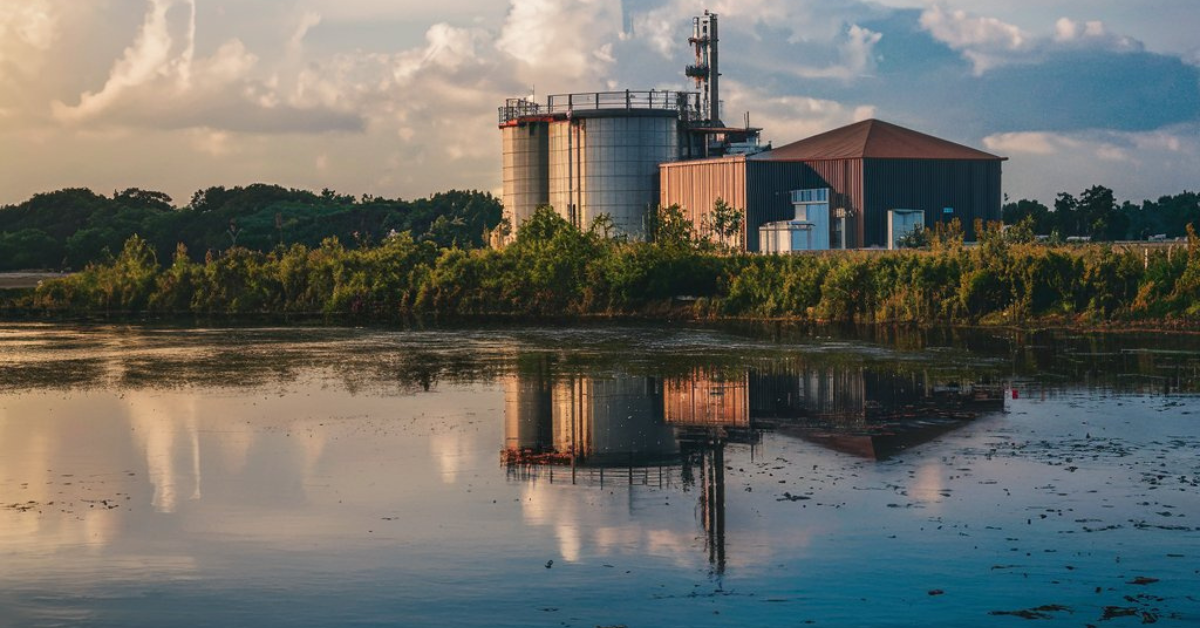How to Choose the Right Sludge Treatment Plant
Introduction of Sludge Treatment Plant
Selecting the appropriate sludge treatment plant is critical for efficient and effective wastewater management in industrial settings. This blog post offers a comprehensive guide to help you navigate the complexities of choosing the right plant for your specific needs.
Understanding Sludge Treatment Plants
Sludge treatment plants are facilities designed to process and treat wastewater sludge, which is the solid residue generated during the wastewater treatment process. These plants employ various treatment processes, including mechanical, biological, and chemical methods, to remove contaminants and stabilize sludge before disposal or reuse.
Factors to Consider
When selecting a sludge treatment plant, several factors must be taken into account. Industrial requirements and specifications, such as the type and volume of wastewater generated, play a crucial role in determining the suitable treatment plant. Additionally, factors like the plant’s capacity, scalability, efficiency, and performance metrics should be carefully evaluated.
Technical Considerations
Technical aspects such as compatibility with existing infrastructure, energy consumption, sustainability features, and maintenance requirements are essential considerations when choosing a sludge treatment plant. Ensuring seamless integration with existing systems and optimizing energy efficiency can contribute to long-term cost savings and environmental sustainability.
Regulatory Compliance
Adherence to environmental regulations, permitting, and licensing requirements is paramount when selecting a sludge treatment plant. Compliance with industry standards ensures that the plant meets quality and safety guidelines, mitigating potential risks and liabilities associated with non-compliance.
Cost Analysis
Conducting a comprehensive cost analysis is crucial to assess the financial implications of investing in a sludge treatment plant. This includes evaluating initial investment costs, operational expenses, and return on investment considerations to determine the plant’s economic viability and long-term sustainability.
Vendor Evaluation
Researching reputable vendors, requesting proposals and quotes, and evaluating vendor credentials and experience are essential steps in the vendor evaluation process. Choosing a reliable and experienced vendor ensures quality products, timely delivery, and excellent customer support throughout the project lifecycle.

Technology and Innovation
Staying abreast of emerging trends in sludge treatment technology is essential for selecting innovative and efficient solutions. Integration of advanced features, automation, and future-proofing considerations can enhance the performance and longevity of the sludge treatment plant.
Case Studies
Examining the successful implementation of sludge treatment plants in industrial settings, learning from past projects, and exploring real-world examples of efficient wastewater management solutions provide valuable insights and practical guidance for decision-making.
User Experience and Support
Considering factors such as training and support services provided by vendors, user-friendly interfaces and controls, and accessibility of technical support resources ensures a positive user experience and smooth operation of the sludge treatment plant.
Customization and Flexibility
Tailoring the plant to specific industrial requirements, incorporating modular design options for scalability and adaptability, and ensuring flexibility to accommodate future upgrades or modifications are essential considerations for long-term operational efficiency and flexibility.
Environmental Impact Assessment
Assessing the environmental impact of the sludge treatment plant, implementing carbon footprint and emissions reduction strategies, and incorporating resource recovery and waste minimization initiatives promote environmental sustainability and regulatory compliance.
Risk Management
Identifying potential risks and hazards, implementing mitigation strategies for operational disruptions, and developing contingency plans for emergencies are crucial aspects of effective risk management in sludge treatment plant operations.
Project Planning and Timeline
Establishing project milestones and timelines, coordinating with stakeholders and project team members, and anticipating potential delays and challenges are essential steps in effective project planning and execution.
Installation and Commissioning
Ensuring thorough site preparation and logistics planning, following installation procedures and timelines, and conducting commissioning and performance testing are critical for the successful implementation of the sludge treatment plant.
Training and Education
Providing training programs for plant operators and maintenance staff, offering educational resources for ongoing learning and skill development, and facilitating knowledge transfer from vendors to end-users ensure optimal plant performance and operational efficiency.
Performance Monitoring and Optimization
Implementing monitoring systems for plant performance, analyzing data to identify areas for optimization, and initiating continuous improvement initiatives are essential for maximizing the efficiency and effectiveness of the sludge treatment plant.
Conclusion
In conclusion, selecting the right sludge treatment plant requires careful consideration of various factors, including industrial requirements, technical considerations, regulatory compliance, cost analysis, vendor evaluation, and environmental impact assessment. By following the guidelines outlined in this blog post, you can make an informed decision and find the perfect solution to meet your industrial wastewater management needs.


